A few years ago, after a request, I started to photograph stage shows. Generally I would classify myself more as a landscape and wildlife photographer, but I was intrigued and certainly up for the challenge technically. My brief was pretty straightforward – no flash, to confine myself to a discreet location by the stage and photograph the main performance of a private school’s annual dance. Firstly, this was a pretty special private school with a great auditorium, professional level choreography and lighting and really high level production values. The performances are sometimes astonishing and the dancers often go on to professional careers.
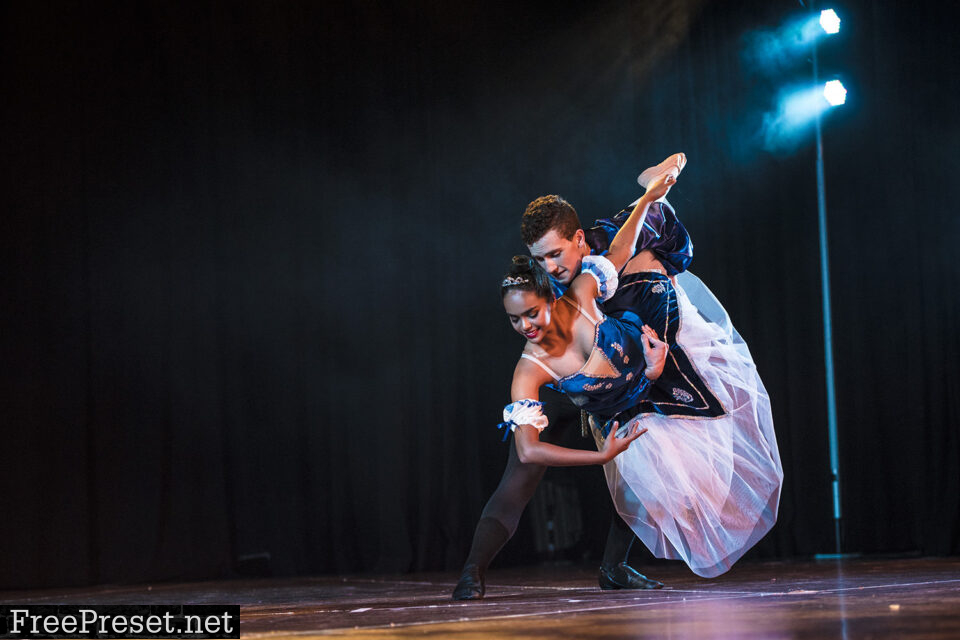
I began with a Nikon D800E and 70-200mm f/2.8 VR II. I learnt reasonably quickly that relying on the meter when dancers and performers are often moving rapidly under wildly varying stage lights just resulted in a lot of badly exposed shots. Consequently, I learned to shoot everything manually, including adjusting my ISO on the fly (I reprogrammed the video record button to do this). I also realized I needed a broader range of camera bodies and lenses to really do the job.
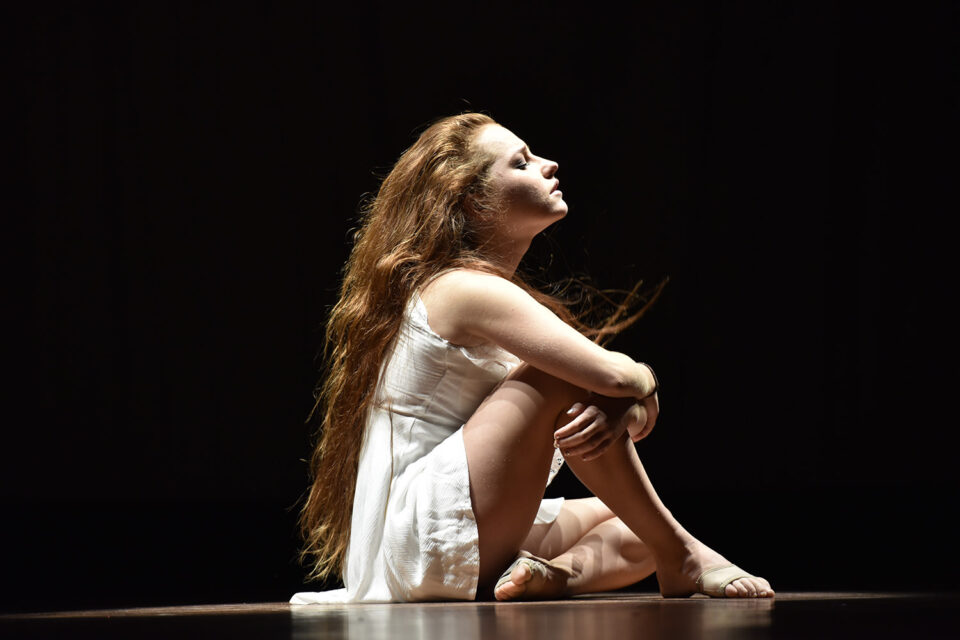
In developing pure stage photography and treating it as an art form, I wanted to differentiate myself from many other stage photographers who use a tripod and then photograph the performers posing for the shot under optimal lighting. In my case, I want to capture the performer engrossed in their dance and lost in that moment.
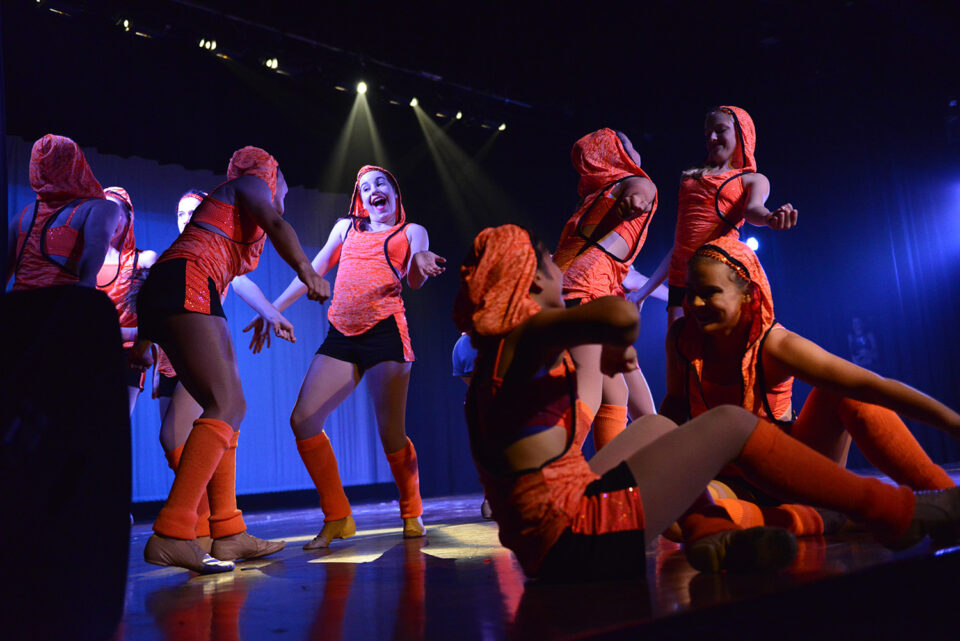
These days, I continue to photograph the actual performance, however, I’m usually asked to shoot the dress rehearsal as well. Although the performance normally has a special quality when the audience is in and it’s real, I often get wonderful shots from the rehearsal. The other advantage of the rehearsal is that I can shoot from diverse angles and get really close, something impossible to do if an audience is in the theater. A two or three day shoot allows me to get to know people involved and work more cohesively with them.
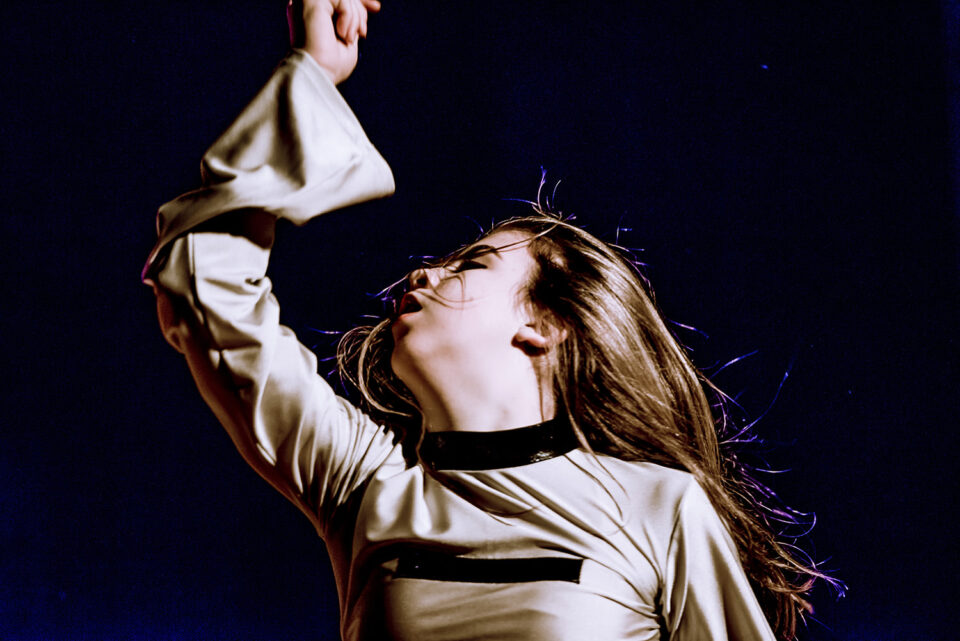
I find some performers are acutely aware of the camera. They know how to assist you to get a great shot, whereas others may be less confident.
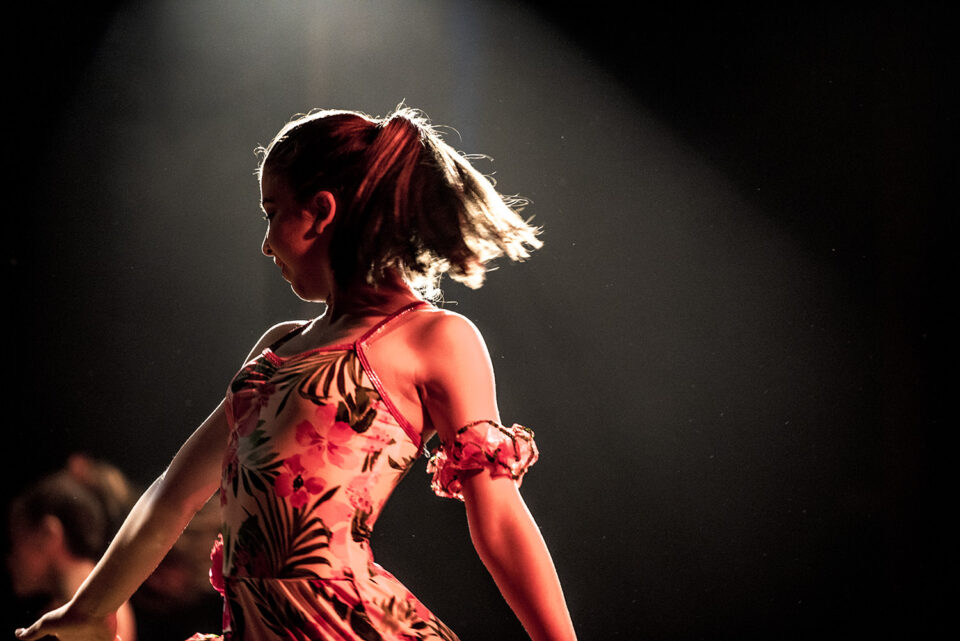
It’s taken considerable experience to be able to gauge a stage environment and know instinctively how to set up my cameras. I’m currently running a Nikon D4, D750 and a D810. I use them for different looks and types of performance shots. Normally the 70-200mm f/2.8 stays on the D750 and I use it when the lighting is moody, dark or dramatic. The D4 normally has my 24-70mm f/2.8 attached and I keep it on high speed continuous for particularly fast paced dance or stage performance where I need 10 frames a second to capture a particular moment or expression. I will also use my D800E or D810 with a prime such as a Nikon 85mm f/1.8 or Sigma 50mm f/1.4 Art for ballet or slow moving performance where I’m seeking ultimate quality.
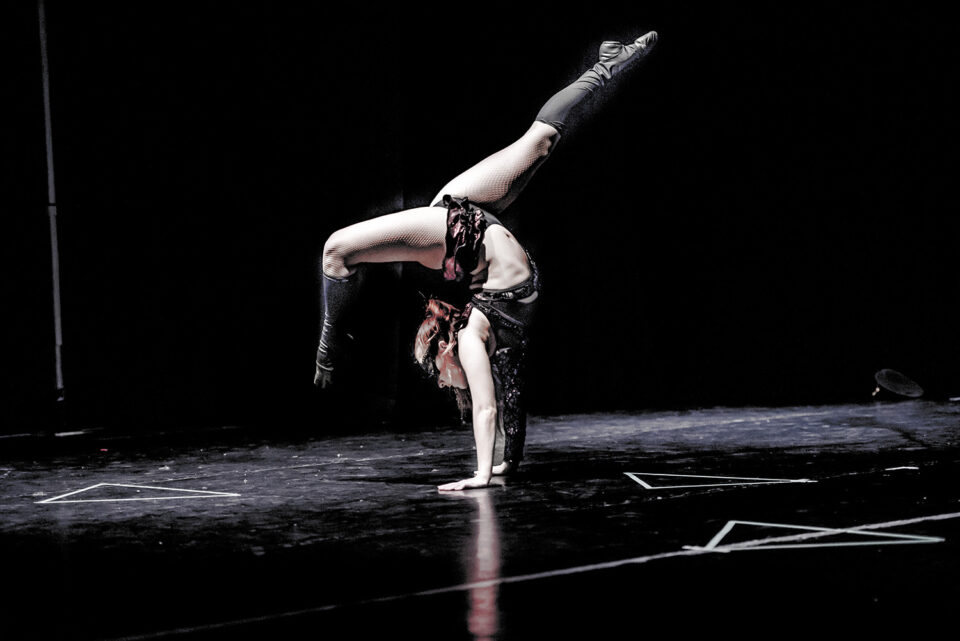
I would note that it takes time to instinctively look at a variable set of stage lights, dance performers and think 1/500th, f/2.8, ISO 6400. Photography under stage lighting is challenging and almost always a compromise because ideally, a shutter speed of 1/1000th would be better to capture the action of a fast-paced dance routine. Unfortunately, that may push ISO to unacceptably high levels. Normally, I try to keep my ISO to a maximum of 12,800 on the D4, but many of my shots are from ISO 3200 and up.
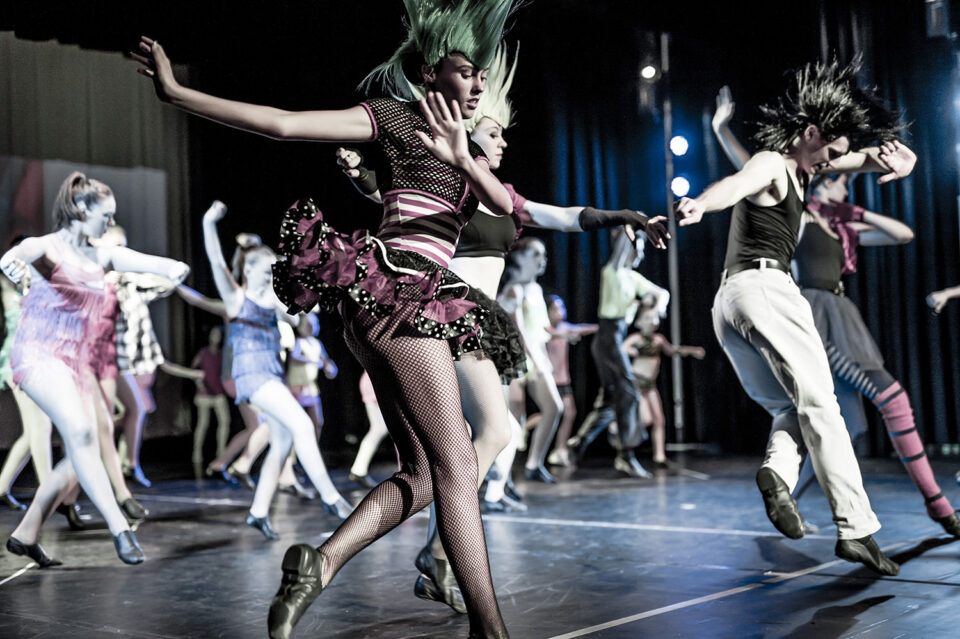
Technically, it’s vitally important to be properly equipped. To shoot an all-day dress rehearsal I have my cameras set up with the fastest 64 GB cards I can get. I carry plenty of spares. My D810 and D750 are gripped and the D4 has a spare battery. I might shoot 3,000 images in a day and running out of memory or battery is not an option.

I would describe shooting a stage show as exhilarating and with little margin for error. I recently visited Los Angeles; I would describe driving around LA in a rented vehicle, with no knowledge of the local freeways and navigating purely off a GPS device as a similar kind of scenario. People drive really quickly in LA. I was sticking to the 65 mile an hour speed limit and everyone seemed to be whizzing by. You can’t make a mistake. Similarly, I might capture a magical moment on stage but if that shot is out of focus, blown out or badly framed it’s almost impossible to rescue.
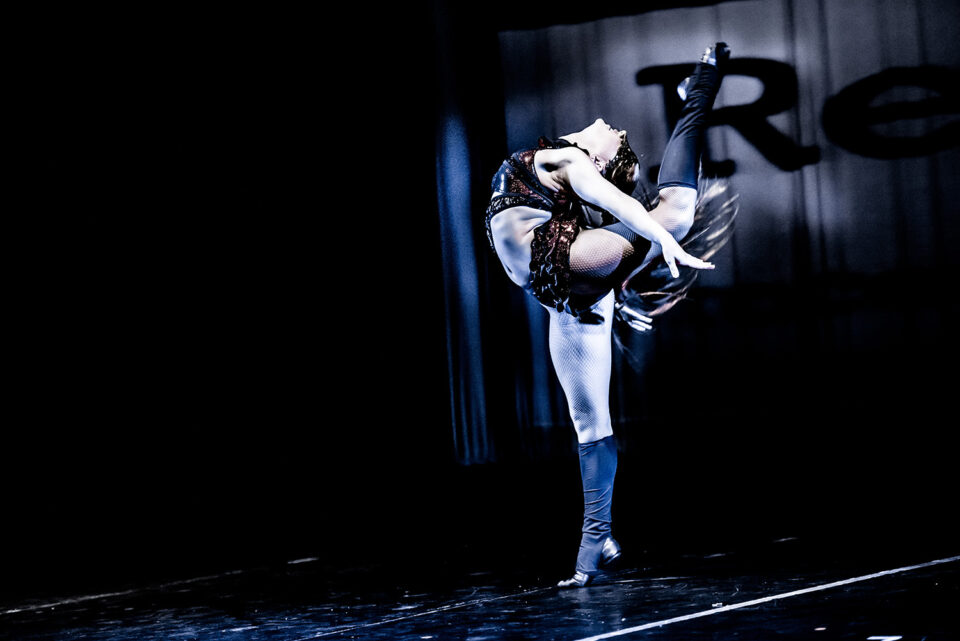
Stage photography of this kind of also labor-intensive. There will be a percentage of out-of-camera shots which will work, but many shots require significant post-processing. Something taken at 12,800 ISO under bright orange stage lights may need radical and creative thinking to bring to life. Often my shots end up significantly different compared to the original.
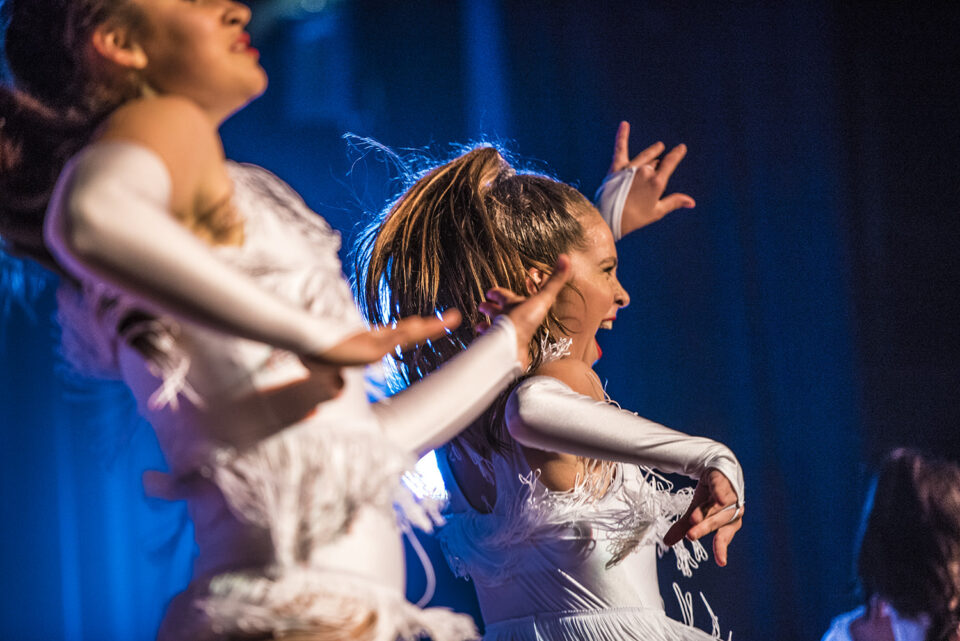
I have found that there is often an algorithm or solution which works for a particular performance or set of stage lighting and naturally, I dial that in as a preset in Lightroom or ACR. Photography is an art form, and the creative process really comes to life when it comes to taking an image photographed under complex and varied lighting and finding how to make it work.
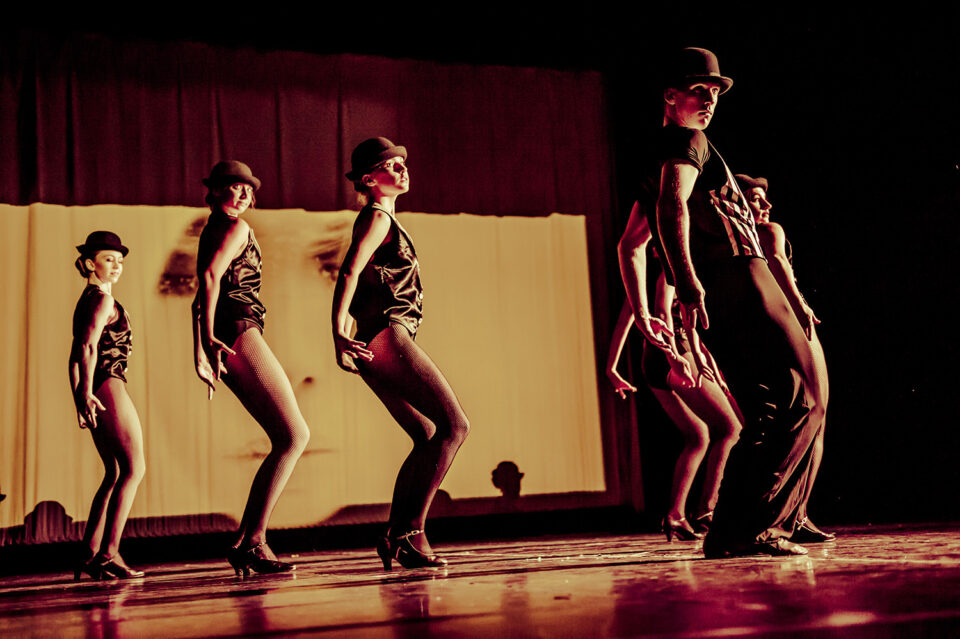
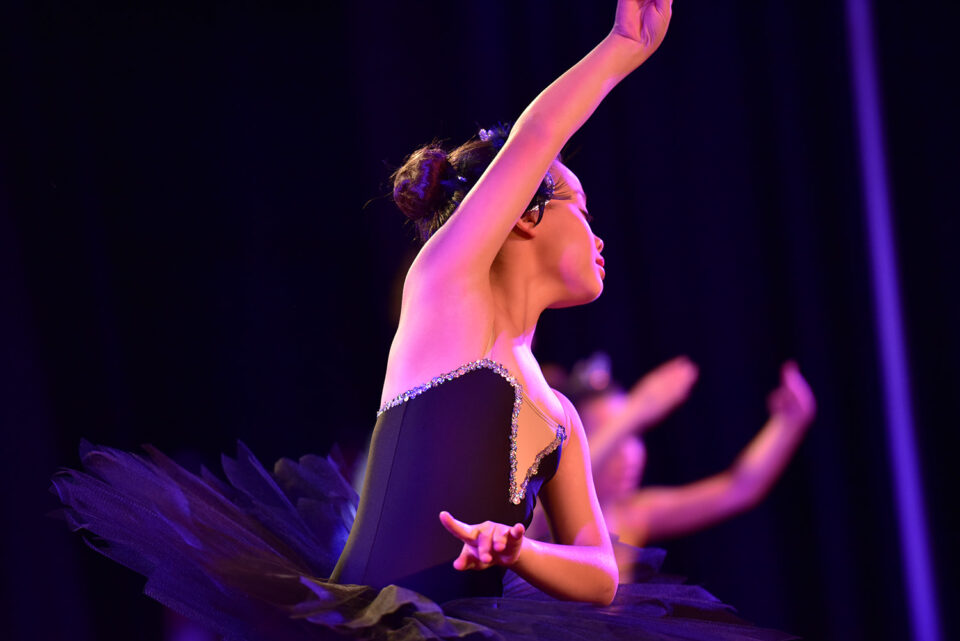
When I shoot long exposure shots and landscapes, I have the luxury of carefully setting up the shot, using a tripod and taking numerous test images to get focus and exposure perfect. Shooting a high-impact stage performance is the exact opposite. You get only one chance. I love it. This is my favorite form of photography and when people appreciate the work, it’s incredibly satisfying.
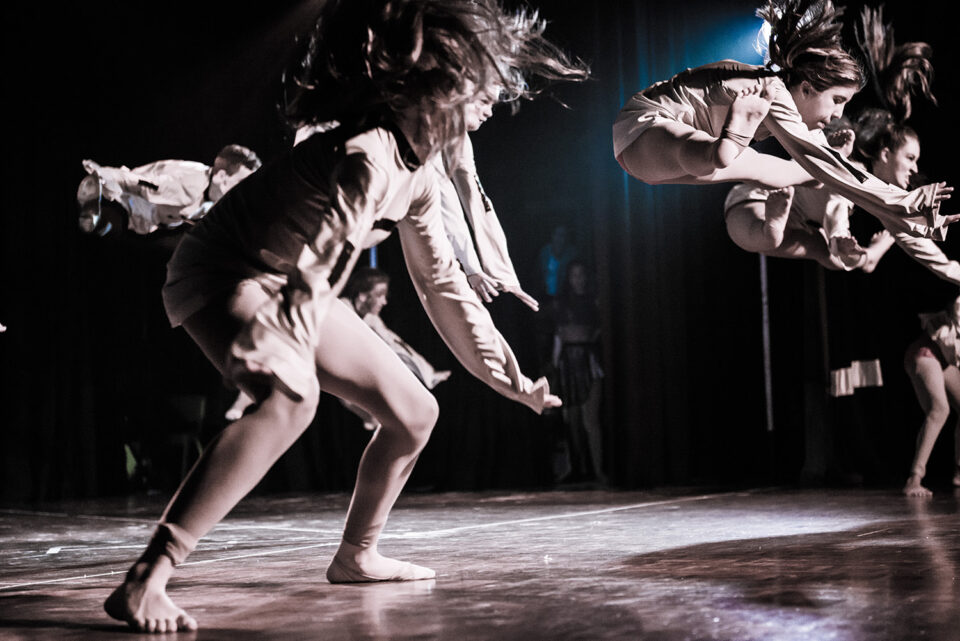
Please note: I’m restricted in the images I can use. These are used with permission.
This guest post was shared by Stephen Weir. To see more of his work, please visit his website.